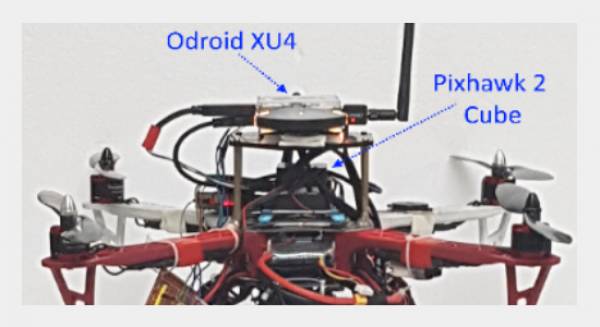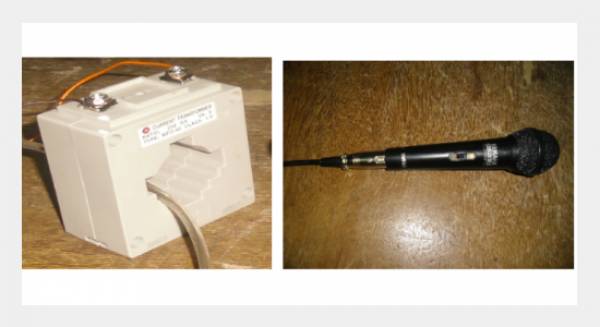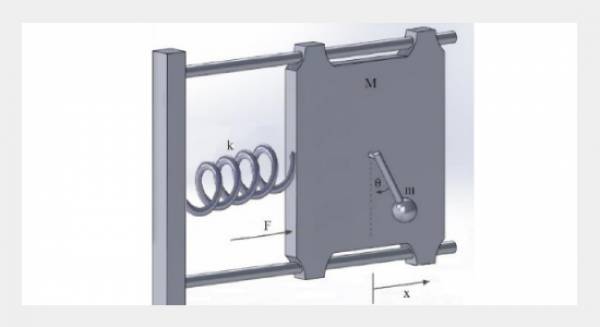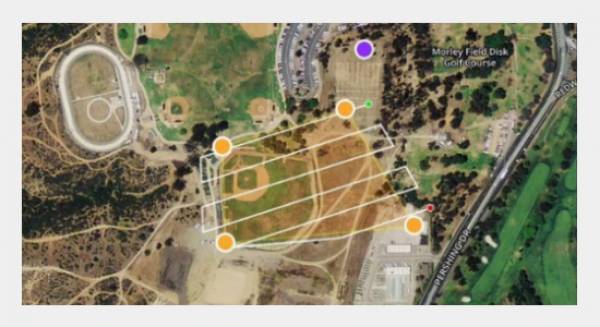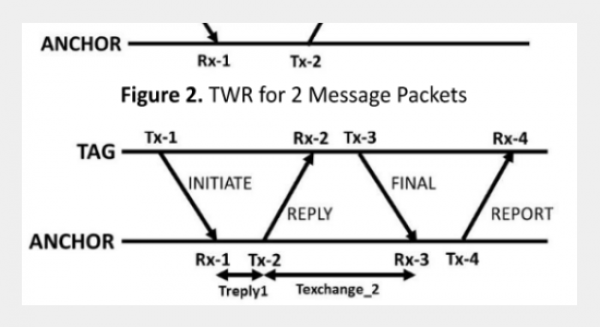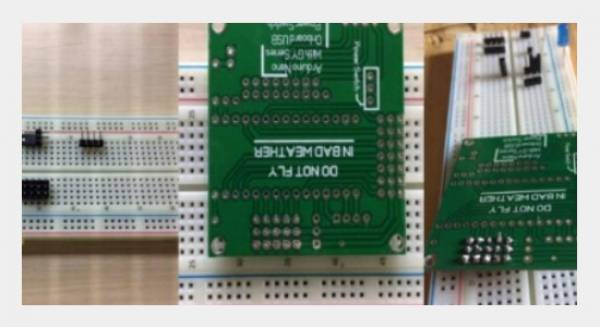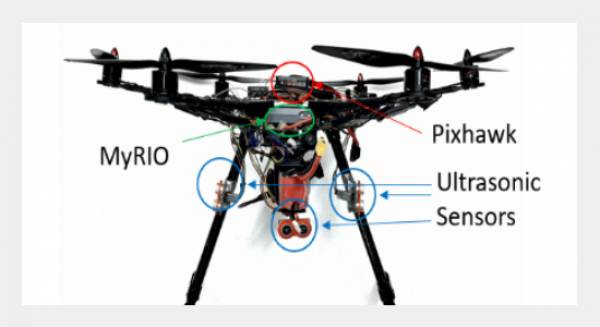REFERENCES
- [1] P. Ke, C. Meng, J. Li and Y. Liu, "Homography-based Ground Area Detection for Indoor Mobile Robot Using Binocular Cameras". IEEE 5th International Conference on Robotics, Automation and Mechatronics (RAM), 2011. https://doi.org/10.1109/RAMECH.2011.6070451
- [2] M. I. A. Lourakis and S.C. Orphanoudakis, "Visual detection of obstacles assuming a locally planar ground". Conference, 3rd ACCV, volume II, pages 527-534, 1998.
- [3] Z. Zhang, R. Weiss, and R.A. Hanson, "Qualitative obstacle detection". International Conference on Computer Vision and Pattern Recognition, pages 554-559, 1994. https://doi.org/10.1109/CVPR.1994.323881
- [4] D. Koller, T. Luong, and J. Malik, "Binocular stereopsis and lane marker flow for vehicle navigation: lateral and longitudinal control". Technical Report UCB/CSD 94-804, University of California at Berkeley, Computer Science Division, 1994.
- [5] J. Zhou, B. Li, "Homography-based ground detection for a mobile robot platform using a single camera", Robotics and Automation, IEEE International Conference. ICRA 2006. https://doi.org/10.1109/ROBOT.2006.1642332
- [6] R. Labayrade, D. Aubert, and J.-P. Tarel, "Real time obstacle detection on non flat road geometry through v-disparity representation". In IVS, 2002.
- [7] R. D. King, "A brief history of stereoscopy". WIREs Computational State, 5: 334340. 2013. https://doi.org/10.1002/wics.1264
- [8] P. W. Holland and R. E. Welsch, "Robust regression using iteratively reweighted least-squares", Communications in Statistics - Theory and Methods, 6:9,813-827,1977. https://doi.org/10.1080/03610927708827533
- [9] M. Galassi, J. Davies , J. Theiler, B. Gough, G. Jungman, P. Alken, M. Booth, F. Rossi, and R. Ulerich,"GNU Scientific Library". Reference Manual, Edition 2.2.1, for GSL Version 2.2.1,31 August 2016.
- [10] M. S. Salhi, M. H. Rahmouni, and H. Amiri, “Evolutionary Deep-indicators Algorithm in Facial Recognition improvement over SoC”, International Journal of Advanced Science and Technology, Vol. 29, No. 5, pp. 5376 – 5387. 2020.
- [11] H. Hirschmuller, “Stereo processing by semiglobal matching and mutual information”. IEEE Transactions on Pattern Analysis and Machine Intelligence, 30(2), 328-341. 2009. https://doi.org/10.1109/TPAMI.2007.1166
- [12] D. Scharstein, and R. Szeliski, “A taxonomy and evaluation of dense two-frame stereo correspondence algorithms”. International Journal of Computer Vision, 47(1-3), 7-42. 2002.
- [13] Q. Yang, L. Wang, and N. Ahuja, “A constant-space belief propagation algorithm for stereo matching”. IEEE Transactions on Pattern Analysis and Machine Intelligence, 32(3), 467-480. 2010. https://doi.org/10.1109/CVPR.2010.5539797
- [14] C. Vázquez, A. J. López, J. Amat, and I. Parra, “Real-time stereo vision system for obstacle detection and tracking on UAVs”. Sensors, 11(5), 5124-5142. 2011.
- [15] Zbontar, J., & LeCun, Y., “Stereo matching by training a convolutional neural network to compare image patches”. Journal of Machine Learning Research, 17(1), 2287-2318. 2017.
- [16] Z. Luo, T. Shen, L. Zhou, L. Zhang, H. Zhang, and Y. Li, “Obstacle detection for unmanned surface vehicle using stereo vision”. Journal of Marine Science and Technology, 22(1), 196-205. 2017.
- [17] Y. Song, Q. Liu, and Y. Zhang, “An obstacle detection method for autonomous underwater vehicle based on stereo vision”. Ocean Engineering, 153, 67-77. 2018.
- [18] H. Zhan, R. Garg, C. S. Weerasekera, K. Li, and I. Reid, “Unsupervised learning of monocular depth estimation and visual odometry with deep feature reconstruction”. In Proceedings of the IEEE Conference on Computer Vision and Pattern Recognition. pp. 340-349. 2018.
- [19] X. Pang, Y. Sun, J. Ren, L. Chen, and X. Mei, “Deep stereo matching with cross-modal consistency”. In Proceedings of the IEEE Conference on Computer Vision and Pattern Recognition. pp. 1285-1294. 2019.
- [20] J. Yin, J. Shi, M. Zhang, and Q. Zhang, “Fast stereo matching using adaptive joint bilateral filtering”. IEEE Transactions on Circuits and Systems for Video Technology, 31(4), 1167-1180. 2020.



